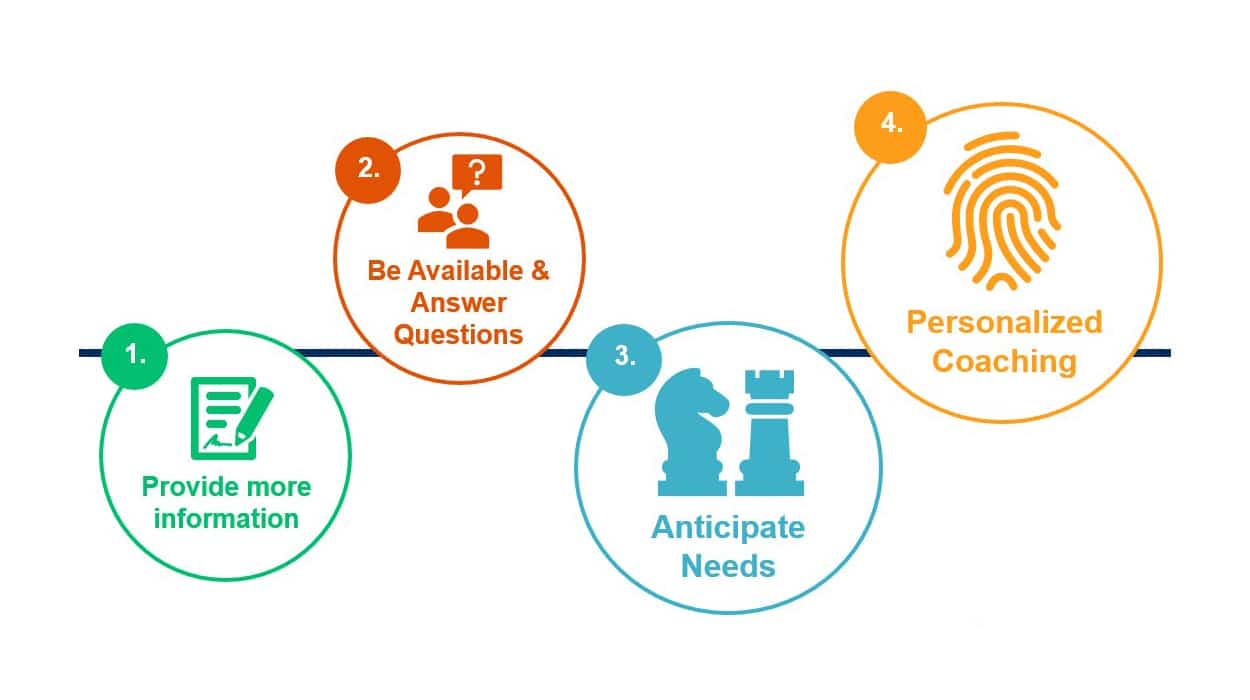Event recap: insideMOBILITY® Scottsdale | February 26-27, 2024
Overcome today’s talent mobility challenges and unlock tomorrow’s successes
Discover how mobility managers are approaching today’s most pressing topics – like creating flexibility for mobile employees and advocating for talent mobility’s value – to prepare for the world ahead.

Because talent mobility’s value extends beyond the function, by helping companies meet goals and attract and retain top talent, effective mobility leadership is a balancing act. It’s important for mobility managers to:
- Understand industry trends and program benchmarks
- Innovate to deliver program results and reach organizational goals while creating exceptional experiences and achieving employee satisfaction
- Establish programs that meet today’s needs and set up future success
- Speak the language of business to advocate for global mobility’s role and resources
1. Creating exceptional experiences by guiding employee decisions
As mobile employees seek flexibility, they’re faced with many choices that will impact their experience and relocation outcomes. It’s up to mobility professionals to help employees make the smart choices that lead to exceptional experiences, by anticipating employee needs and providing personalized coaching.
SURVEY SAYS: In a Family Feud-style competition, attendees determined that not knowing all their options was the top reason mobile employees made decisions they later regret.
Another question revealed the best ways mobility professionals (and their RMCs and supplier partners) can help mobile employees make good choices include:

2. Flexibility and choice: Meeting the needs of today’s mobile employees
Every mobile employee has unique relocation needs, which require some flexibility to address. But creating allowances for flexibility can add administrative complexities and possibly drive up relocation costs, depending on how the allowance is structured.
Here are three frameworks through which attendees are evaluating allowances in their mobility programs:
| What’s a COLA? Known by many names, a COLA – or Cost of Living Adjustment/Allowance – is a benefit that helps mobile employees maintain a certain standard of living in their host location by comparing and accounting for differences in the cost of living between the host and home cities. Sometimes it’s also referred to as a GSD, or Goods and Services Differential. |
Core-Flex was the second-most requested topic attendees voted to discuss during peer-led conversations.
Core or Flex?
At the Solutions Studios, attendees weighed in on which benefits they consider ‘core’ versus ‘flex’ in the employee journey. Here’s how attendees placed selected benefits:
.

Surpassing even Core-Flex, simplifying mobility was the topic most attendees voted to discuss during peer-led conversations.
Participants shared their advice on how to simplify mobility, including:
- Creating global standardized programs and processes to ensure equitable programs, which drive efficiencies and cost savings while ensuring equitable offerings.
- Advocating for a seat at the decision-making table, to be in the know about corporate goals and decisions that may impact talent mobility programs and to share how talent mobility can help companies meet corporate goals.
- Educating leaders and HR about the value talent mobility provides to the company, to get their buy-in and support.
Full breakdown of attendee-prioritized discussion topics:
3. Advocating for talent mobility’s value through language changes and storytelling
As company leaders continue to manage costs by imposing tight budget controls, mobility professionals need to make the business case for the organizational value of global mobility to protect their programs and budgets. Session participants talked through how to successfully advocate for investments and identified the data they use to make their case.

Tips for Successfully Advocating for Resources
- Adopt the mindset of the business leader you’re trying to persuade, i.e. align mobility’s value with corporate strategy
- Be proactive in making the business case for your investment
- Change the language you use to reflect how the business leader thinks, such as using “investment” instead of “budget”
- Use data and success stories to highlight mobility as an investment

Metrics to Demonstrate Mobility’s Value
- Leverage data on talent, performance, retention and promotions – comparing those who have and have not relocated – to back up your point
- Present how knowledge and skill sharing from assignments benefitted the company and colleagues
- Pull in favorite success story to illustrate message
- Ask business leaders: would you invest in this person again?
4. Adapting to today’s challenging U.S. housing market by remodeling home sales policies
Discussions swarmed around the U.S housing market, making it one of the most often discussed topics at insideMOBILITY Scottsdale. Due to the cost implications of low inventory and higher interest rates, business leaders are beginning to find alternatives for home sale benefits for mobile employees. Because this historically has been a foundational relocation benefit for mobile employees in the U.S., mobility professionals must navigate how to adjust housing policies to manage costs while meeting mobile employee needs.
Here’s how participants shared they are addressing the challenge:
Reintroducing mortgage interest differential (MIDA) as an option for critical hires
Providing loss-on-sale (LOS) benefits. Participant approaches included:
- LOS for original purchase price versus new selling price
- Percentage of purchase price or capping the benefit to a specific dollar amount
- An incentive to rent vs purchase when mobile employees are expected to move in the future
On a case-by-case basis, approving exceptions to extend benefits periods
Where do we go from here?
The insights shared at insideMOBILITY Scottsdale provided actionable solutions for mobility professionals to explore. Learning from one another – whether it’s getting creative with housing options, flexible policies or strategic value positioning – is the key to success.
The pace of evolution in talent mobility continues to accelerate. Staying on top of the opportunities and trends requires collaboration among relocation management companies, mobility professionals and supplier partners. We’re proud to be a partner to our clients in navigating these changes and supporting their journey. Stay connected with Graebel events to continue learning and evolving on this path to success.
